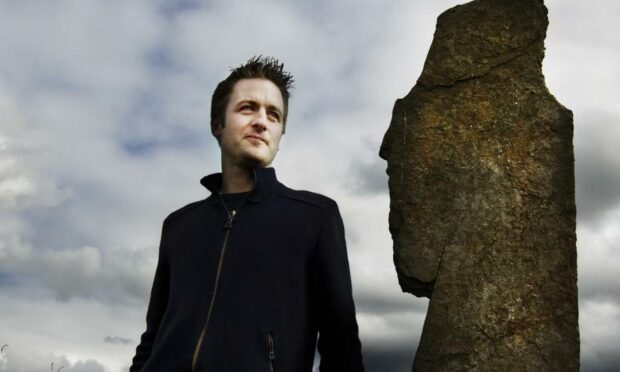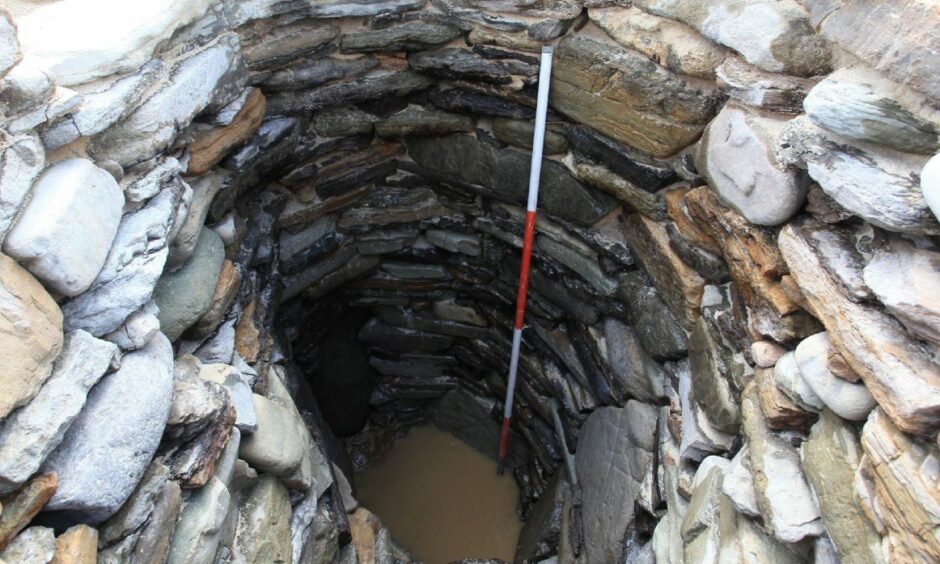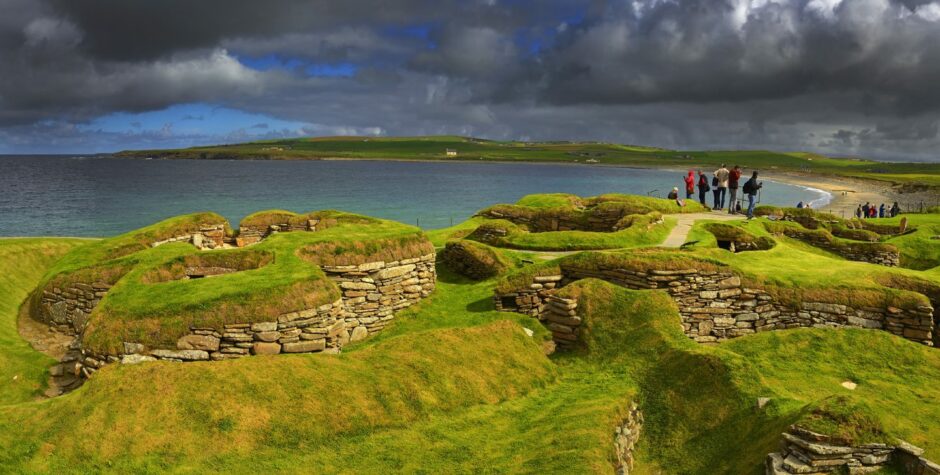A large group of European women farmers who moved to Orkney around 5,200 years ago almost entirely wiped out the local female population’s DNA.
That is the finding of an ancient DNA profiling project by the universities of Edinburgh and Huddersfield.
The research, using DNA taken from human remains found on Westray, has found that within 1,000 years, the genes of the original settlers can only be found in a small number of the female population.
In layman’s terms the women who came had children with the male locals, and wiped out the local female population.
The Indo-European speaking women, some of the first visitors to the islands, are likely to have moved to the islands from around the area of the Black Sea.
They farmed in places such as Notland on Westray and on Orkney’s mainland.
Researchers from Edinburgh and Huddersfield universities combined archaeology with the study of ancient DNA from Bronze Age human remains to shed light on this pivotal moment for the islands.
While further research will need to be undertaken to find out why the women came – it is a world first that such a mass migration of women happened, and changed the population so dramatically.
A huge study to find the DNA of Orcadians is still continuing.
Orkney was an influential cultural centre
An Edinburgh University spokesman said: “Around 5,200 years ago, during the Neolithic period, when farming first took hold, Orkney was a hugely influential cultural centre.
“Yet, as Europe moved into the Bronze Age around 4,500 years ago, the islands’ influence dwindled and it supposedly became more insular.
“Despite this, after studying human remains from the Links of Noltland site on the remote northern island of Westray, the research team concluded that Orkney experienced large-scale immigration during the Bronze Age.”
Although male lineages from the original Neolithic population survived for at least another thousand years – by the Iron Age the female lines were largely replaced and experts say they are “vanishingly rare” today.
Human genetics professor Jim Wilson, at the University of Edinburgh’s Usher Institute, said: “It’s absolutely fascinating to discover that the dominant Orcadian Neolithic male genetic lineage persisted at least 1,000 years into the Bronze Age, despite replacement of 95 per cent of the rest of the genome by immigrating women.
“This lineage was then itself replaced and we have yet to find it in today’s population.”
Why is the DNA profile of pre-historic Orkney so important?
Orkney and Shetland communities have long been seen as prime sites for gathering information on human movements in the Neolithic period, due to their settled populations.
Before this project, researchers believed Orkney was a community with long-term stability due to the self-sufficiency of farmsteads on the islands.
The study is due to appear in the academic journal Proceedings of the National Academy of Sciences (PNAS).


